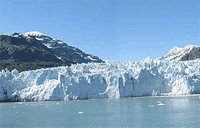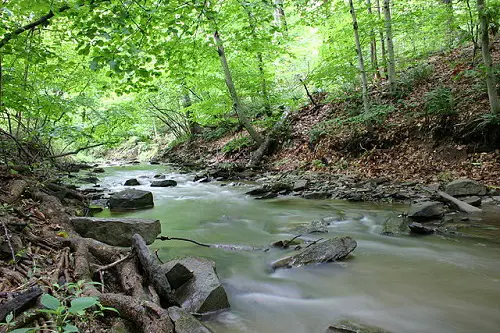
Why Do Glaciers Move?
Glaciers are a vast and thick mass of ice and made up of fallen snow that has accumulated over the years which eventually transforms into ice and it may extend up to 10 kilometers in length. It comes from the Latin word glacies which means ice and constitutes roughly ten percent of the Earth’s surface. Because of its massiveness the glaciers flow like slow rivers thus, the connotation that glaciers move.
The moving of glaciers is due to a variety of reason but the most known of all is with regards to the connection between temperature with pressure. Since it is made of ice when pressure increases due to its massive size, the melting point goes down and the ice underneath comes into extreme pressure. In addition to heat from the surface of the Earth the ice gradually starts to melt at the bottom ,giving the glacier space to move or slide on but in a very slow manner.
It is possible for glaciers to move when materials like rocks, snow and loose ice above it put a magnitude of pressure which is more than the glaciers’ weight. As a result the glaciers flow and move but in a very slow pace and in order for it to be exerted pressure on it must be quite old in nature. Most glaciers move very slowly and usually less than a foot in a day but some move at an amazing distance of 50 feet in just 24 hours.
It is fascinating to note that glaciers retreat or advance in its movement and this depends on snow accumulation or ablation which results from evaporation and melting of ice. However, while it may retreat it can still move down slope as if imitating a conveyor belt. Greenland’s Quarayaq Glacier holds the record of travelling ‘š 80 feet in one day!












Leave a Reply